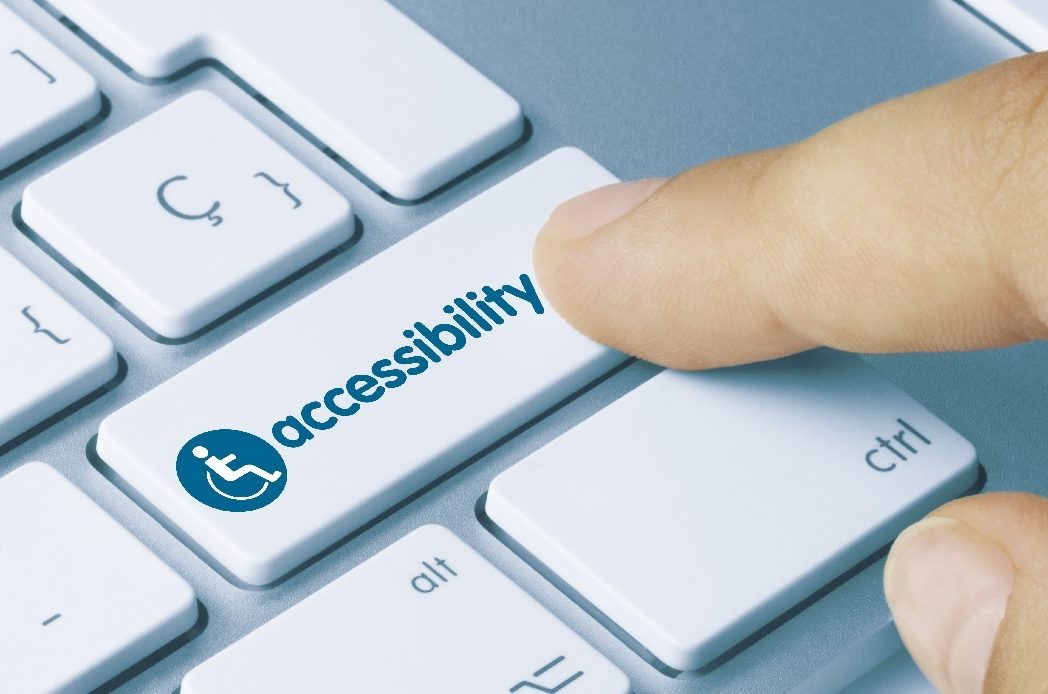As we move toward an increasingly digital future, the ability to manage your healthcare through internet sites and mobile apps is not a convenience but rather a necessity. We can only utilize the rest of the digital world if we first care for our health.
While exploring six different healthcare sites, I discovered some common accessibility shortcomings. In this blog, I'll share the common accessibility issues I found on healthcare websites and my recommendations on improving the experience for people of all abilities.
Finding a Doctor
One of the most valuable features on virtually every online healthcare system site is finding a new doctor based on location, specialty, or insurance acceptance. Unfortunately, I encountered a significant accessibility issue that prevented me from entirely using this feature.
The problem was related to location. Once I entered my search criteria and navigated to the results list, my screen reader would only read the provider's name. I could never hear any data on the address of the office or the provider's proximity to my current location. Initially, this was a site's core functionality limitation. Still, I later found out that the locational data was on the listing but displayed in a decorative map-like graphic that showed the distance in miles from my current location.
My screen reader could not detect or read this visual web element. Instead, I discovered the same flaw on five of the six sites I visited. This bug made the experience of trying to find a provider extremely frustrating because the location is such a crucial detail when choosing one provider over another.
Scheduling the First Appointment
Modern healthcare system sites allow clients to schedule initial visit appointments directly through the site. This process was very inaccessible. Every site I tried used the same method of scheduling. A grid-like calendar displays each month and the corresponding days. When users click on a day, the continue button will allow them to proceed to the appointment time selection screen.
The biggest problem I faced was with the day selection calendars. Visually, the already fully booked days are grayed out and cannot be selected. The problem is that screen readers cannot detect which days are grayed out and read all the same. The only thing I can do is select each day manually and click the continue button. If I go to the next screen, there are appointments available. If nothing happens, my screen reader focuses on one of the grayed-out days. However, selecting an appointment day is not accessible and leads to a clunky, time-consuming, and inefficient experience.
Live Chats
I noticed four of the six sites I experimented with pushed live virtual chats to help patients find the right doctor based on their symptoms and specific care needs. I did not want to initiate a conversation to avoid wasting the agent's time. However, I did open the chat window to test for accessibility. I was immediately able to tell that it would not work correctly.
There was some bleed-through between the chat window and the other contents of the site. My screen reader can get confused and announce some random jumble of words that combine attributes from the chat window and elements of the main page behind it. It was impossible even to find the chat input text field. This behavior was consistent on three of the four sites I tried, with the other seeming to work as intended. Accessibility in healthcare is a super important issue because live virtual chats are becoming integral to modern customer service.
How to improve telehealth and the online experience for blind patients
- Pay attention to stylization and graphics. Heavily stylized fonts often need to be recognized by screen readers. If some informational graphic, such as a map clip, is used, include an alternative text caption to convey the information to screen reader users.
- Pay particular attention to scheduling calendars because they are especially susceptible to accessibility flaws. If the calendar cannot be made accessible, consider a text-based scheduling method.
- Check the site's code for defects that may cause accessibility issues, such as overlay window/page bleeding through. An automated accessibility scan can help detect defects.
- Listen to real-world users' feedback because these individuals are often best poised to find accessibility problems and recommend solutions.
- Engage an experienced accessibility partner, like UsableNet, to help with accessibility.
I recently wrote about the importance of universal accessibility on online banking sites and how this makes it possible for assistive technology users like myself to have the most significant personal independence. This is true for online healthcare systems too.
This blog only covers my experience with how my screen reader interacts with the content available to the public on a healthcare website. (I don't cover bill pay or telehealth visits since those are typically located behind a log-in).
I hope my discussion of some of the most common accessibility shortcomings on healthcare sites will spark a push toward universal digital inclusivity in this critical industry. Online healthcare management is the way of the future, and people with disabilities should be included.
Editors note: This is a post written by our marketing intern, Michael Taylor. This post reflects his opinions and experiences. Read more about Michael and some of his other posts on his experience online here.








